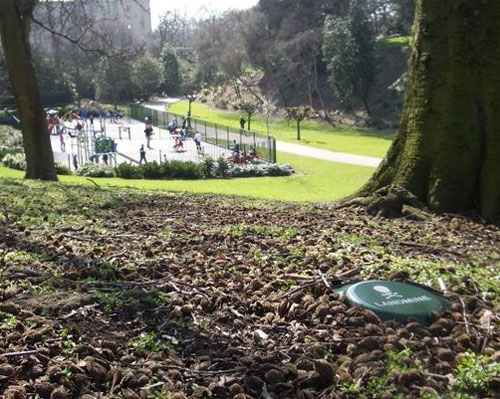The BBC is one of those world institutions, a social and cultural backbone which we almost always take for granted. Naturally one does not achieve such status without making wrong turns. Thankfully there are those who are quick to point out the errors and attempt to show the correct path. Much like one may lead an old aunty to the table there are activists who disagree with the BBC’s use of DRM technologies.
The site Free the BBC contains a letter to the BBC with the main arguments (relevant to the BBC) against DRM. Many of the arguments have been heard before but I particularly liked this new one:
The BBC royal charter establishes a number of goals and operating conditions including “promoting education and learning”, “stimulating creativity and cultural excellence”, and “bringing the UK to the world”. DRM runs contrary to all of these purposes. DRM limits education by restricting copying for public educational purposes, and even inhibits private study. It stifles creativity by trying to make even incidental remixing impossible. Finally, it arbitrarily limits the BBC’s reach by forcing viewers to use particular proprietary software applications. DRM advances corporate interests over the public interest, which is in flagrant opposition to the charter.
So what are you waiting for? Go there, read the letter containing the arguments and sign it!
For those of you who found the title slightly cryptic: The BBC is sometimes referred to as Aunty Beeb.




